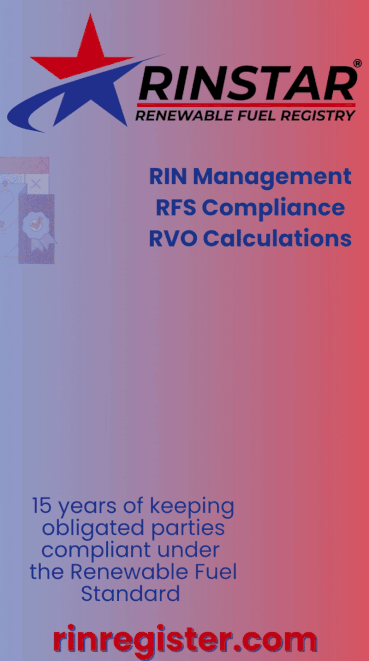With nearly half of EU rapeseed imports coming from Ukraine, war exacerbates global scarcity
- UFOP
- Mar 17, 2022
- 2 min read

The war in Ukraine is having an increasing impact on world trade, as Ukraine is one of the largest suppliers of rapeseed, along with Canada and Australia. The war will significantly affect global rapeseed supply, which is characterized by tight availability even now. Rapeseed imports to the European Union in the 2019-’20 season totaled 6 million tons. Of this quantity, 45 percent (around 2.7 million tons) came from Ukraine. According to information published by Eurostat, in the past crop year the share of imports fell to 31 percent (2 million tons). This was virtually at the same level as imports from Canada, which accounted for around 32 percent of European imports.
According to information published by the European Commission, EU-27 rapeseed imports in the current crop year until the end of this February amounted to 3.23 million tons. The largest share of this quantity by far—50 percent or around 1.6 million tons—was sourced in Ukraine. Canada delivered only 0.5 million tons due to significant harvest losses in 2021-’22. Consequently, the country only accounted for 16 percent of EU rapeseed imports. According to investigations conducted by Agrarmarkt Informations-Gesellschaft (mbH), Australia ranked second with a 27 percent share of imports in the current season. If imports from Ukraine were to stop completely and in the long term due to blockaded ports, the supply situation would likely tighten significantly, both within the EU-27 and globally. Although Australian farmers brought in a larger harvest (5.5 million tons) than they did in the 2020-’21 season, the lack of Ukrainian exports could not be fully offset if shipments were to be stopped altogether.
The Union zur Förderung von Oel- und Proteinpflanzen (UFOP) has expressed fears that the supply situation will remain the same in the autumn, if no or little field work can be done in Ukraine in spring. This gap in supplies would have to be offset by an expansion of rapeseed area in Canada—producing good yields again. The association has emphasized that there is currently no way to predict supply volumes in the autumn. However, the high prices should incentivize producers to expand the rapeseed area in compliance with crop-rotation restrictions when sowing in the autumn of 2022.


































